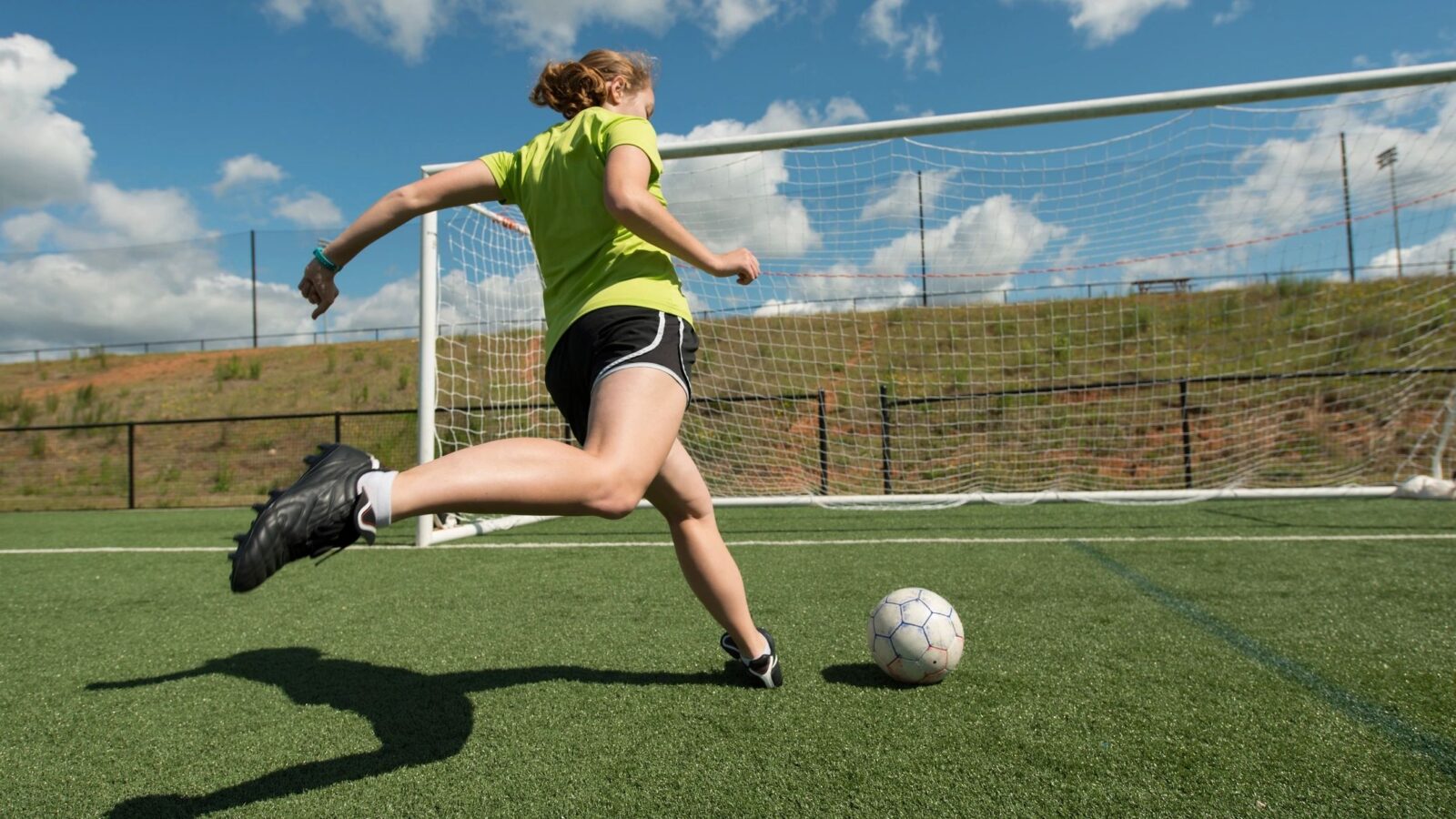Background
The Office of Sport is the lead NSW Government agency for sport and active recreation. The aim of the office is to increase the levels of physical activity of the people of NSW. This is achieved by providing the leadership, policies, programs, funding and infrastructure necessary to enable higher rates of participation in sport and active recreation.
Participation in sport and active recreation has a range of benefits. Economic benefits accrue from spend within the sport and recreation sector. There are also a range of positive social impact from physical activity and sport including reductions in chronic disease, reductions in youth crime, increased educational attainment and a range of other social outcomes.
The Office of Sport have a range of programs and initiatives aimed at increasing participation. To help determine where investment should occur and what that investment should look like, they were seeking the development of an evidence-based framework and user-friendly tool to assist in their investment decision making and policy development.
Developing an economic value of sport
To support this, the NSW Office of Sport investigated the value of sport and active recreation throughout the state. This assessment reviewed the economic, social and health impacts of sport and active recreation on a local government area level. The monetised impacts included the reduction in chronic disease, productivity improvements, mental health impacts, impacts on youth crime, and educational impacts amongst others.
To undertake this analysis, NineSquared partnered with subject matter experts from UTS to draw on best practice guidelines and the most recent academic literature to inform the development of an economic valuation framework.
NineSquared developed a bespoke Excel-based economic valuation tool to calculate the economic value of sport and active recreation for each LGA in NSW and for the state as a whole.
Rankings were assigned to each of the LGAs. These rankings were based on the overall impact and adjusted for population. The population adjusted results provided insights into geographic areas in which sport and active recreation have been successful and areas where extra investment may be warranted.
The outputs of this analysis provided decision makers with an understanding of how sport and active recreation benefits a region through the estimation of economic and social benefits. Knowing this information, allows policy decisions to use an evidence base to identify interventions that are more likely to be successful, as well as highlighting geographies and regions which may need more support.
The key outputs to this assessment included:
- A method paper which established the assessment framework, key impacts to be measured and potential unit values
- An Excel-based assessment tool which was provided to the Department for ongoing use
- Face-to-face handover with the team responsible for using the tool on an ongoing basis
- Assistance with integrating the outcomes of the assessment into their regular reporting and internal frameworks.





